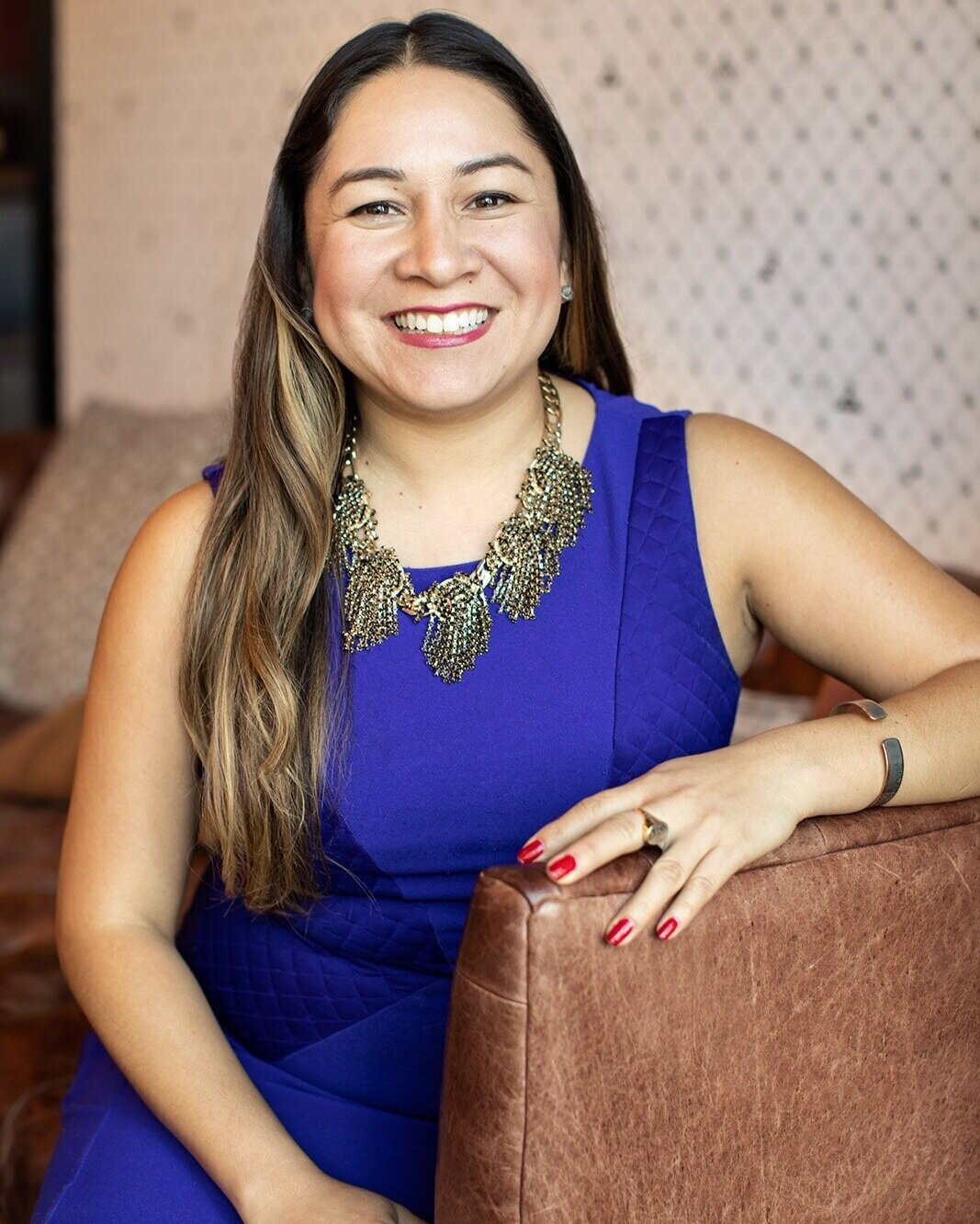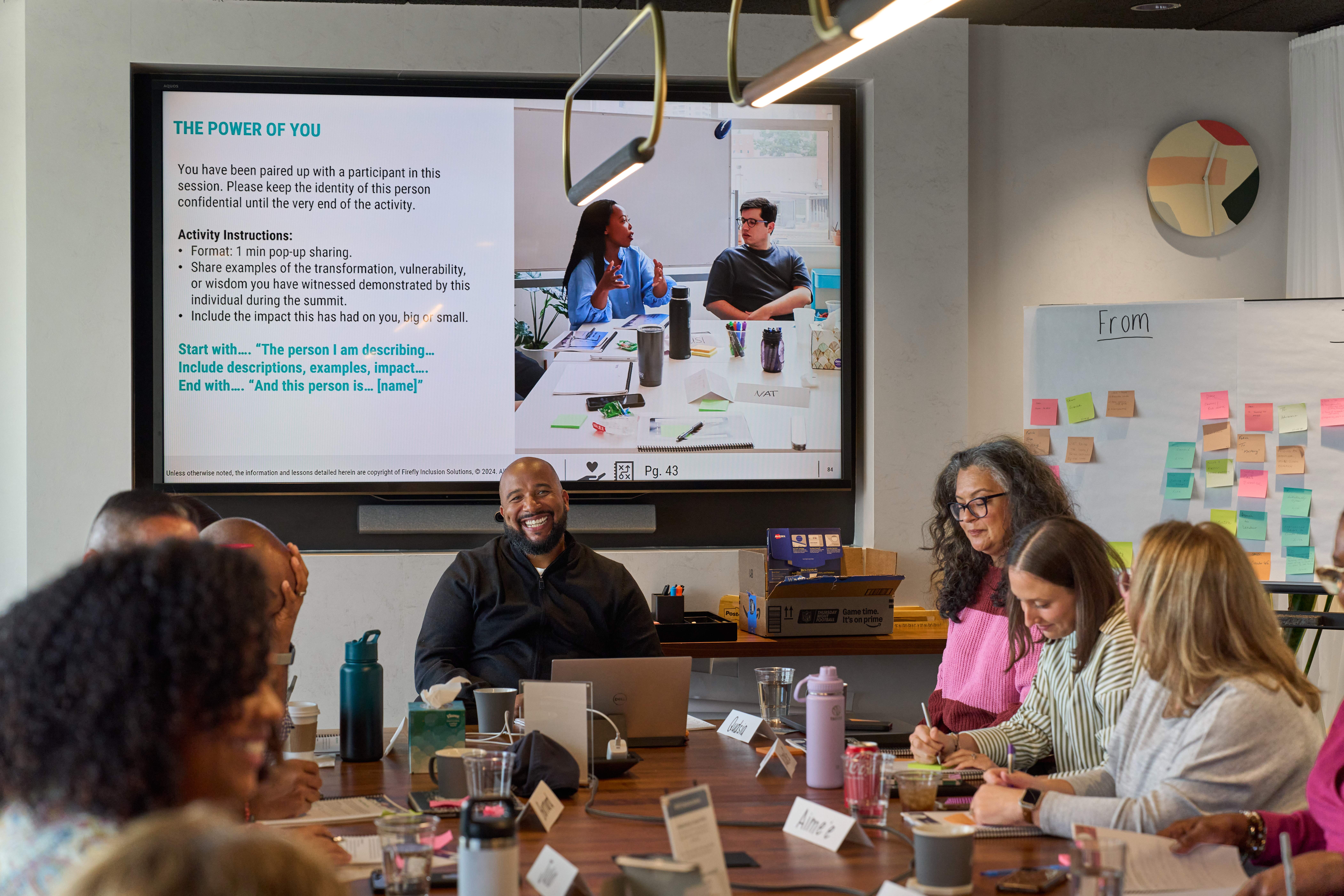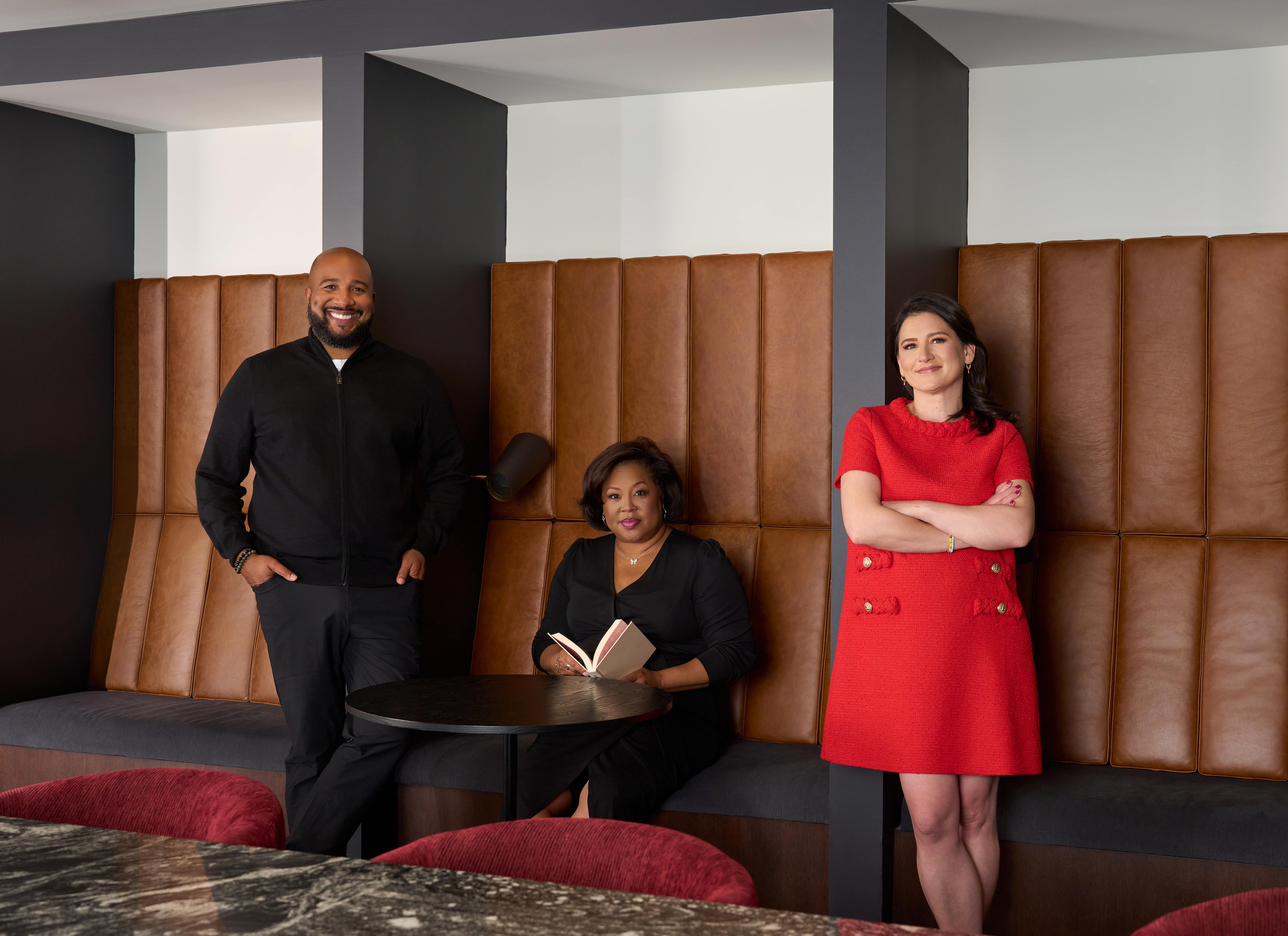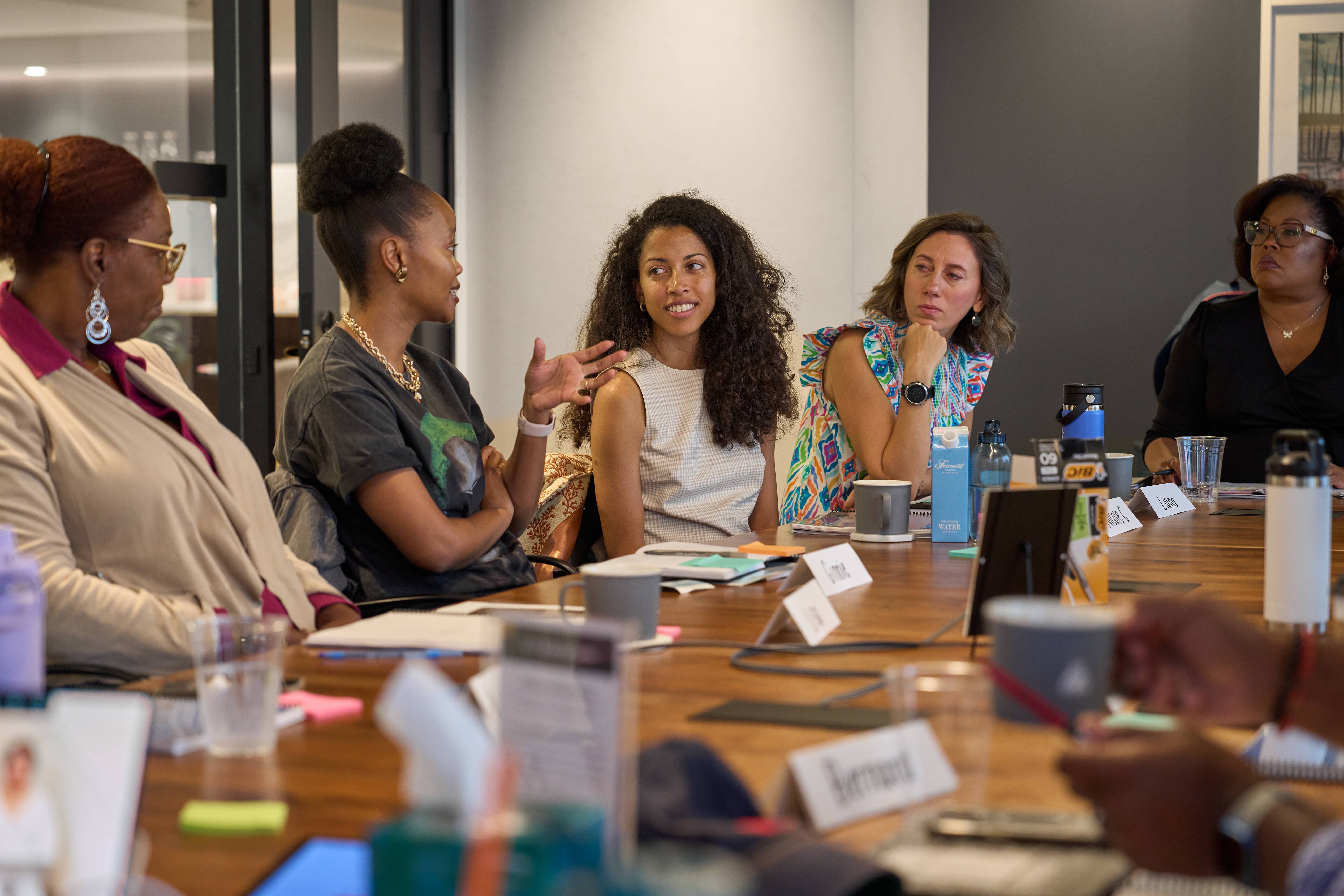By Argelia Martinez
Wondering what it takes to pave your own path as a BIPOC leader in environments that weren’t necessarily built for you? Adweek Executive Mentee, Hauswirth/Co Managing Director and Mia Vida Cocktails founder Argelia Martinez is sharing her insights and strategies with us during this month’s Voices of Firefly Instagram takeover. Here she shares three significant action steps that have helped her thrive as a Latina in leadership, and examples of how other BIPOC leaders can do the same. To hear more from Argelia, follow us on Instagram June 29-30.
Let’s be frank. Latinos are the youngest and fastest-growing segment in the U.S. Yet, we’re the most underrepresented group in every single industry – including executive positions.
We’re the largest non-white group in the U.S. at 19% of the total population, and statistics from 2017 show that Latinos make up 17% of the labor force. However, we occupy only 4.3% of executive positions in the U.S. Our representation is roughly equal to that of Black executives, and somewhat lower than Asian American executives.
The 2020 recession set us back and is now being called the “shecession” because women were also disproportionately impacted. Women of color fared worse economically, with unemployment rates for Black women at 16.4 percent and Latinas at 20.2 percent.
I personally believe we’re in a CRITICAL moment. It’s time to push forward as BIPOC leaders, and bring more along with us. By sharing three ways I’ve learned to thrive as a Latina leader, I hope to help other emerging BIPOC leaders do the same.
1. Normalize Your Fears & Insecurities
We all remember that moment in a team meeting or client presentation when it was time to rise to the occasion and speak up…only to have our nerves overtake us.
For me, this happened at my first big ad agency job. I felt an overwhelming sense of accountability as my team and I managed a large investment portfolio. I was always super buttoned-up about the numbers and knew how the money was running in and out of an account. However, my Achilles heel was presenting my work. I hated public speaking.
As a first-generation college graduate and Latina, my work ethic was strong. I was taught that if you give it your all, others will notice. But I didn’t know how to advocate for myself because I was afraid to speak up. After I saw others pass me up because they were better public speakers, I said to myself “no mas” (no more)!
I practiced how to push past my fear of public speaking in a variety of ways. As a part-time grad student, I gained confidence in my ideas and practiced delivering them in a concise way. My love of history compelled me to become a volunteer tour guide at the Chicago History Museum. As a local, I had no problem spitting out facts along with personal anecdotes, which allowed me to practice commanding a room full of strangers. I also became a co-lead for a women’s professional group called The Latinista and challenged myself to present and organize workshops about advocating for yourself.
I also learned that talking about these insecurities with others helped normalize fear and deal with it in a positive way. Reading books like More Than Ready by Cecilia Munoz and The Likeablity Trap by Alicia Menendez revealed how women on their A-Game deal with these feelings of insecurity.
As you gain responsibilities and face new challenges, the fear never goes away. But practicing how to overcome fear based on your learning style ultimately helps you thrive in the long run.
2. Identify a Sponsor or Ally In Your Organization
Who can advocate for you when you’re not in the room? Who can help build your visibility among senior leaders?
A sponsor is a senior or executive leader in your organization who can guide you toward growth. Throughout my career, I’ve always made time to identify a senior leader to learn from. However, being a first-generation college grad and the first to work in a corporate setting, I had to learn the difference between a mentor and a sponsor by experience. (It’s my firm belief that large companies should institute formal sponsorship programs that educate leaders on how to be good sponsors and employees on how to identify and leverage mentors along with how to attract the attention of sponsors.)
Building a strong working relationship with a sponsor takes time, commitment, consistency, and intention. Once you identify strong candidate or ally, how do you ask them to be your sponsor? Kindly invite them to a 15- to 30-minute coffee or breakfast meeting to introduce yourself, your role in the company, and inform them that you would like to learn more about their career journey. People love to talk about themselves and will typically be happy to make time to meet.
Prepare a loose agenda that allows you to get to know them as a person and as an organizational leader. Actively listen to their experience of becoming a senior executive. If they’re a good fit, be direct with your intentions. For example: “I’m looking to learn as much as I can in the organization with guidance from a senior leader who can help me grow professionally. I would love to set up one-on-one time once a month ” Proactively demonstrate your long-term commitment by setting up recurring meetings and build a working relationship with intention.
3. Invest in Yourself to Make Room To Help Others
Normalize rest and truly taking time to recharge. As a good friend once told me, “Start each day by working for yourself.” This can take many different forms. For me, this means starting the morning with a good workout, walking my dog, and/or meditation. I welcome the opportunity to sit still with my thoughts and to write my ideas with no interruption. As a leader, this time to think and create is imperative because it’s part of building self-awareness and confidence – both of which are important to lead and build your voice in an organization.
Another way I invest in myself is by building my own cocktail experience company called Vida Mia Cocktails. Vida Mia Cocktails was founded in 2018 as a way to elevate Mexican-American culture through food and beverage pairings, mixology classes, and pop-up events. This is my creative outlet for brand building and finding creative ways to educate others about agave through mixology.
However you define “working for yourself”, it’s important to prioritize your needs before giving more to others. Once you find your rhythm, you can confidently pay it forward by bringing others to the table with you.
Of course, there are many other action steps we must take as BIPOC leaders to thrive in environments that aren’t always built with our backgrounds and experiences in mind. But if you start with just these three, you’ll create a solid foundation for creating your own path as a leader.
Paragraph



